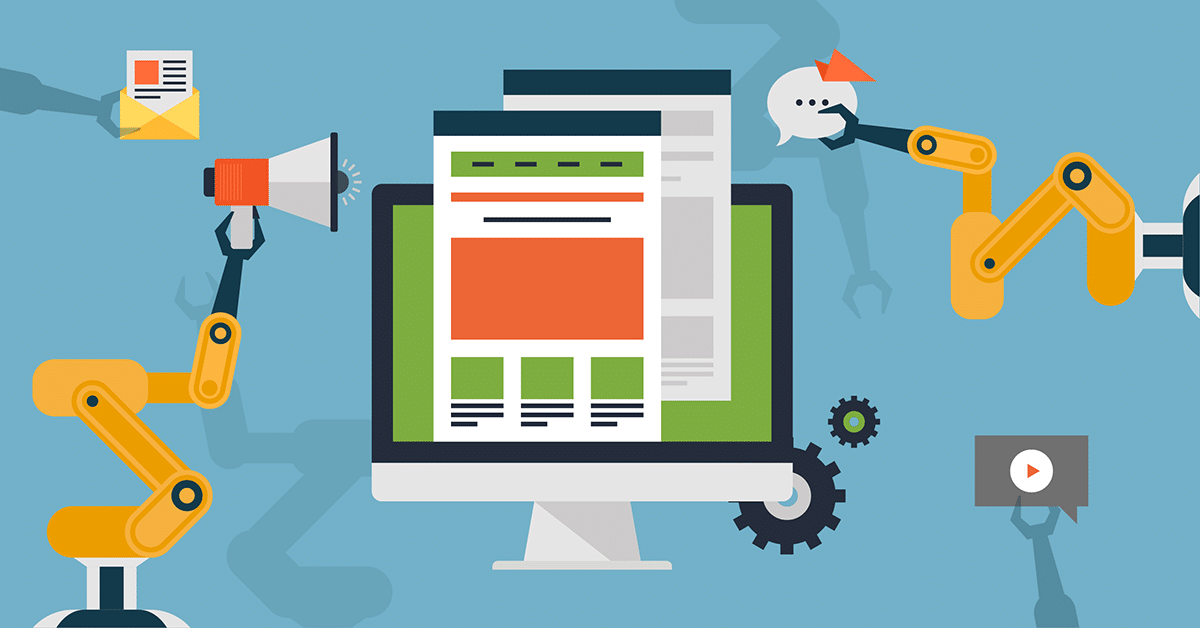Flashback to 2004: iPods are the most popular gadgets, Myspace is the star of social networking, and marketing automation is barely a thing. I was working as a marketing director for a global software company, and a colleague asked me to join a demo of a “new technology called marketing automation.” I had never heard of it.
Seventeen years later: Myspace and iPods have long been forgotten, but marketing automation technology has grown so popular that for most organizations, it’s essential to their digital marketing strategy.
Despite its widespread adoption, many B2B marketers say they’re under-utilizing their platforms and are not getting the full value out of their investment.
A new report from Ascend2, the State of Marketing Automation, explores why and shows that the lack of value can typically be attributed to shortcomings in marketing strategy rather than in technology.
Below are a few key areas of the report and recommendations for how B2B marketers can get more value out of their marketing automation investment.
Top B2B Marketing Priorities
Thirty-five percent of the report’s respondents said that their top priority is “streamlining sales and marketing efforts”. Another 34 percent stated that improving customer engagement and the customer experience are their top priorities.
Only 17 percent said they have been successful in using marketing automation to help achieve their top priorities. At first glance, it might look like a technology problem, but in my experience, it isn’t because technology alone is not the answer.
Streamlining marketing and sales, improving customer engagement, and improving the customer experience, all need defined strategies and processes.
Streamlining marketing and sales requires a lead management process that includes agreed-upon labels and definitions, defined lead routing rules, and a shared view of both the customer and lead/account funnels.
Improving customer engagement and the customer experience depends on a defined customer journey, optimized ideal customer profiles (ICPs), and removal of any friction between the customer and your organization at every single touchpoint. While technology can enable these processes, it doesn’t create them.
Email Marketing and What’s Next
Sixty-five percent of report respondents stated that email marketing was their current main use of their marketing automation platform, and forty percent said this is how they planned to use it in the future.
While email is far from dead, its use has declined over time. Email should be one channel within an integrated multi-channel campaign, not relied on for an entire digital marketing strategy. If email marketing is the main use of your marketing automation platform, you will not get the full value from your investment.
Barriers to Marketing Automation Success
As with any technology, there are barriers to marketing automation success. According to the report, lack of knowledge, budget, and resources are the three leading barriers.
Marketing talent is in high demand, making it harder for companies to acquire the right people to elevate their use of marketing automation technology.
However, companies like Invado solutions specialize in helping B2B marketing organizations use their marketing automation platforms to their fullest potential. Our consultants help you create and execute strategies and processes that enable you to get the full value out of your technology investment and help you reach your digital marketing goals.
Marketing automation is not a set-it and forget-it endeavor. B2B organizations need to ensure they align their people, processes, and strategy with the technology if they want to succeed. If you want to learn more about how we can help you, feel free to contact us.


